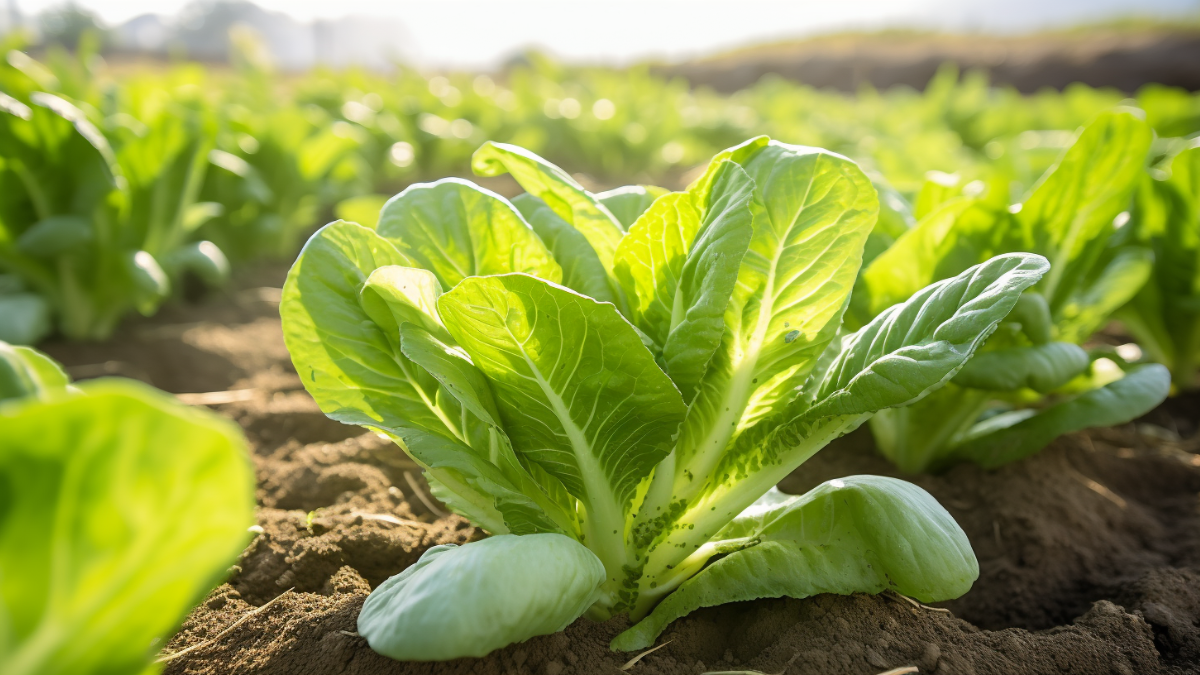The Lush World of Pechay Planting
In the lush world of gardening, there’s something incredibly rewarding about growing your own vegetables. Among the diverse array of greens, pechay stands out as a popular and versatile choice. This leafy vegetable, also known as bok choy or Chinese cabbage, is not only packed with nutrients but also easy to grow. In this article, we’ll take you on a journey to explore the art of pechay planting – from seed to harvest – and uncover the secrets to cultivating this delightful green at home.
1. The Green Star: Why Choose Pechay
Before we dive into the planting process, let’s discover why pechay shines as a star in the vegetable garden. Pechay is not only low in calories but also a rich source of essential vitamins and minerals, including vitamin C, vitamin K, and calcium. Its tender leaves and crunchy stalks add a delightful texture and flavor to various dishes, making it a favorite among home cooks and chefs alike. Whether you’re a seasoned gardener or a greenhorn in the gardening world, pechay’s resilience and versatility make it an ideal choice for home cultivation.
2. Preparing the Garden: Choosing the Right Spot
Like any successful gardening endeavor, preparing the right spot for pechay planting is essential. Select a location that receives ample sunlight, as pechay thrives best under full sun exposure. Ensure that the soil is well-draining and enriched with organic matter. If your garden soil lacks the ideal conditions, consider creating a raised bed or using containers to control the growing environment. With the right setup, you’ll be well on your way to a bountiful pechay harvest.
3. Sowing the Seeds: Getting Started
With your garden ready, it’s time to sow the seeds and begin the pechay planting process. Start by loosening the soil with a garden fork or tiller to a depth of around 6 inches. Scatter the seeds evenly across the soil surface and cover them lightly with a thin layer of soil or compost. Water the area gently to ensure proper seed contact with the soil. Now, sit back and watch as the magic of germination takes place.
4. The Care and Nourishment: Watering and Fertilizing
As your pechay plants grow, they’ll need regular care and nourishment. Water the plants consistently, ensuring that the soil remains consistently moist but not waterlogged. Mulching around the plants can help retain soil moisture and reduce weed growth. Additionally, pechay plants benefit from a balanced fertilizer application every two to three weeks to promote healthy growth and maximize yields.
5. The Pests and the Predators: Dealing with Garden Challenges
In every garden, challenges are bound to arise, and pechay planting is no exception. Common pests like aphids and caterpillars may find your pechay leaves enticing. To combat these pests, consider using natural remedies like neem oil or garlic spray, which are effective and safe for your plants. Additionally, attracting beneficial insects like ladybugs and praying mantises can help keep pest populations in check.
6. Harvesting the Bounty: Pechay at its Peak
As your pechay plants mature, it’s time to reap the rewards of your hard work. Pechay is usually ready for harvest within 30 to 45 days after sowing, depending on the variety and growing conditions. When the leaves are tender and the stalks are thick and firm, it’s time to pick them. Use a sharp knife or scissors to cut the leaves and stalks at the base, leaving the roots intact to encourage regrowth for subsequent harvests.
Conclusion: From Seed to Table
As we conclude our journey through the art of pechay planting, it’s clear that this leafy green holds immense value for home gardeners and food enthusiasts. Whether you’re growing it for its nutritional benefits, the joy of gardening, or the pleasure of adding fresh greens to your culinary creations, pechay is a gem that brings delight to the table. So, roll up your sleeves, get your hands dirty, and embark on the rewarding journey of planting pechay – the green star of your vegetable garden. Happy gardening!
Here are some popular pechay varieties you can consider planting in your garden:
Baby Bok Choy:
Baby bok choy is a smaller and more tender variety of pechay. It has delicate leaves and thin, white stalks. This variety is popular in Asian cuisines and is perfect for stir-fries, soups, and salads. Baby bok choy matures quickly, making it an excellent choice for gardeners who want a fast harvest.
Shanghai Bok Choy:
Shanghai bok choy is a larger variety with dark green leaves and thick, crisp stalks. It has a mild, sweet flavor and a slightly peppery taste. This variety is versatile and can be used in various dishes, including stir-fries, stews, and even pickles.
Taiwanese Bok Choy:
Taiwanese bok choy, also known as tai sai, is a unique variety with glossy green leaves and thick, succulent stalks. It has a tender texture and a slightly sweet taste. Taiwanese bok choy is commonly used in hot pots, soups, and stir-fries.
Canton Bok Choy:
Canton bok choy, also called joi choi, is a larger variety with wide, dark green leaves and thick, juicy stalks. It has a mild, earthy flavor and holds up well in cooking. Canton bok choy is commonly used in Chinese dishes like braised meats and stir-fries.
Choy Sum:
Choy sum is a type of pechay with tender leaves and thin, hollow stalks. It is often used in Chinese and other Asian cuisines. Choy sum has a slightly bitter taste and pairs well with garlic and oyster sauce.
Red Bok Choy:
Red bok choy is a visually striking variety with vibrant red leaves and green stalks. It has a milder flavor compared to other pechay varieties. Red bok choy can be used in salads and stir-fries, adding a pop of color to your dishes.
White Stem Bok Choy:
White stem bok choy has pale green leaves and thick, white stalks. It has a mild, sweet flavor and a crunchy texture. This variety is excellent for stir-frying, sautéing, and adding to soups.
When choosing pechay varieties to plant, consider factors such as your culinary preferences, available space, and growing conditions. Some varieties may be more suitable for specific dishes, while others may have different growth rates and sizes. Experimenting with different pechay varieties can add excitement to your gardening journey and provide a diverse range of flavors and textures to enjoy in your meals. Happy planting!



